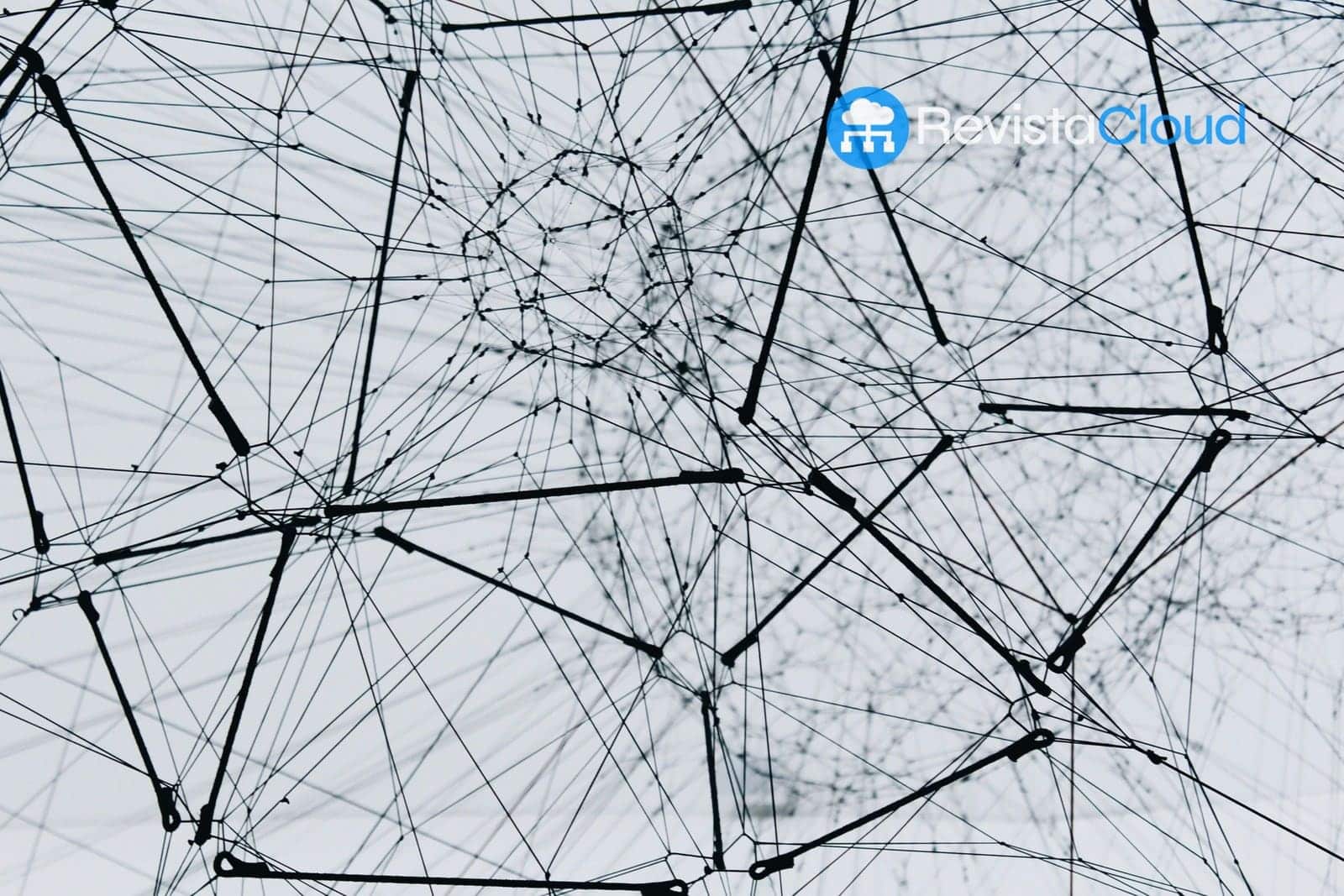The Royal Academy of Sciences of Sweden has awarded the 2024 Nobel Prize in Physics to two eminent scientists who revolutionized the field of artificial intelligence: John J. Hopfield and Geoffrey E. Hinton, for their pioneering contributions to the development of artificial neural networks. This award, which includes a prize of 1.1 million dollars to share, recognizes the lasting impact of their work in the field of machine learning, a technology that now supports applications as diverse as facial recognition and automatic language translation.
John J. Hopfield and the Hopfield Network
John J. Hopfield, 91 years old and a professor at Princeton University, is known for developing the Hopfield Network in the 1980s, an innovative associative memory structure that uses principles of physics to store and reconstruct data patterns. Inspired by atomic spin concepts, Hopfield’s network simulates the behavior of these spins to describe the energy of the system, allowing it to find patterns in incomplete or distorted data.
The operation of the Hopfield Network is an outstanding example of how physical systems can be applied to computing: when presented with an incomplete image, the network adjusts the values of its nodes to find the most similar stored pattern, minimizing the internal energy of the system. This technique laid the foundation for numerous machine learning applications and was a crucial step in building artificial neural models.
Geoffrey E. Hinton and the Boltzmann Machine
Geoffrey E. Hinton, 76 years old and a professor at the University of Toronto, is one of the leading figures in the field of artificial intelligence. Hinton developed a method for neural networks to identify specific properties within datasets, enabling the automatic classification of images and other data. Inspired by the Hopfield Network, Hinton created the Boltzmann Machine, which uses tools from statistical physics to learn and generate new examples of the patterns it has been trained on.
The Boltzmann Machine is trained by supplying examples and adjusting its internal connections to recognize patterns, making it a powerful tool for classification and data generation tasks. This approach not only advanced the development of neural networks but also was a key step toward creating the machine learning we know today.
A Collaboration Between Physics and Artificial Intelligence
The work of Hopfield and Hinton is an extraordinary example of how physics and artificial intelligence can complement each other. Both figures used concepts derived from physics to develop tools that now allow artificial neural networks to function efficiently. Essentially, neural networks simulate the behavior of the human brain, where neurons are represented as nodes that interact through connections, similar to synapses.
Over time, artificial neural networks have evolved to play a crucial role in diverse sectors such as medicine, technology, and materials science. According to the President of the Nobel Physics Committee, Ellen Moons, “the work of Hopfield and Hinton has been extremely beneficial, especially in the development of materials with specific properties and in the creation of more advanced artificial intelligence technologies.”
A Lasting Legacy
The contributions of Hopfield and Hinton remain essential in advancing artificial intelligence. Over the past decades, artificial neural networks have been a fundamental tool in fields like computer vision, natural language processing, and the creation of autonomous systems. This Nobel Prize recognizes not only their past achievements but also the lasting impact their research will continue to have in the future.
The award highlights the importance of interdisciplinary collaboration, as both scientists used tools from physics to solve complex computer problems. Today, their discoveries are essential for AI applications that millions of people use daily, marking a before and after in the development of technologies shaping the future of humanity.
What Are the Nobel Prizes?
The Nobel Prize is one of the most prestigious awards in the world, established by Swedish inventor and industrialist Alfred Nobel in his 1895 will. Nobel, known for the invention of dynamite, dedicated his fortune to creating this prize, with the aim of recognizing those who have made outstanding contributions for the benefit of humanity.
Each year, awards are given in various categories: Physics, Chemistry, Medicine, Literature, Peace and, since 1969, an award in Economic Sciences in memory of Alfred Nobel. Recipients receive a gold medal, a diploma, and a varying amount of money each year, as well as international recognition for their work. The award ceremonies take place on December 10, the anniversary of Alfred Nobel’s death, and are organized by different Swedish and Norwegian committees and institutions according to the prize category.
The Nobel Prize in Physics, like in the case of John J. Hopfield and Geoffrey E. Hinton in 2024, is awarded by the Royal Academy of Sciences of Sweden to individuals whose contributions have changed our understanding of the universe and its laws, promoting the advancement of scientific knowledge for the benefit of all humanity.

